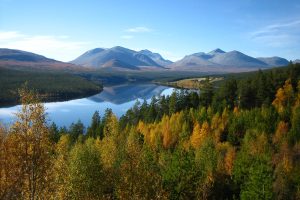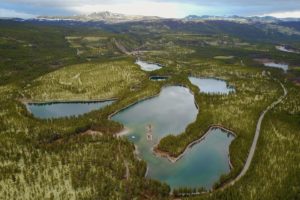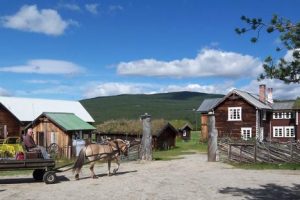
Lifting the veil on river Grimsa
One of the rivers that has benefited hugely of modern regulations is river Grimsa. in this interview we ask local hero, fly-fishing guide and photographer, Bjørnar Hansen about Grimsa river and its secrets.
Grimsa has a fly-fishing zone of about 18 kilometers and there is only ten tickets on offer every day. The river varies between fast rapids and nice calm sections and the river is easily accessible.
Here on Fishspot the description says: «The river has a good population of trout and grayling, but the bigger fish is challenging to catch”, but is that the case?
Few know the river as super-local, guide and photographer Bjørnar Hansen.
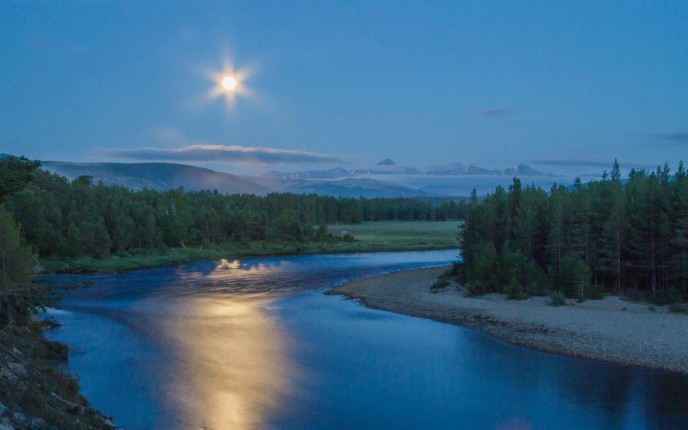
In your mind, what makes Grimsa such a good river?
To me this is a complex question – first and foremost its important to keep in mind that this is my childhood river. That in it self gives it a special place in my hart. It’s always said to be a difficult river to fish, and i spent a lot of time on it before i cracked some of it secrets. I think it must be one of the trickiest and oddest rivers i known. It offers everything from stealth fishing after shy and selective trout one day, to have the opposite the next day. It jumps from having fish rising everywhere with no apparent insects on the water, to looking like it’s been treated with Rotenon (poison) during a Aurivillii hatch. With the diversity and challenges it provides, i have to give it a few visits every year.

To me personally it’s absolutely essential that the river can sport a healthy stock of exclusively naturally reproducing fish. This stock consists of trout, grayling and sculpin. To my knowledge, the population of grayling is divided into the stationary fish, and the migratory grayling coming up from a larger water system from the Glomma river. With the trout the picture is different with some few fish migrating from Glomma, and the majority of the stock being stationary.
The growth rate is limited in the cold mountainous water. With the big fish, this means that they are old an honorable – to me that is quality. If you are coming to fish this river, it’s quality and not quantity you should be looking for. Nothing comes easy in this river, and it’s not a river where you can chase one trophy fish after the other. If you appreciate the natural experience and the untainted echo-system, this river is worth a visit – here at the foot of Rondane National park.

The river is object to a low fishing pressure despite of its accessibility. In many cases you have the river all by yourself. And with the landowners applying a governing system that provides a good healthy stock and echo system, it has value not only for the keen fisherman, but value as completely self reproducing stock.
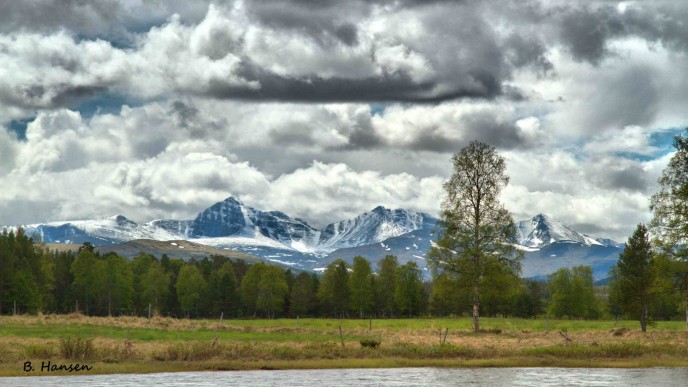
How would you describe the river to someone that has not seen it?
This is a cold mountainous river, partially fed by ground water and melting-water from the Rondana mountains. It a fast flowing river aburpted by pools and calmer sections. The bottom varies from gullies cut into bedrock, to sandbanks and gravel – the latter being the dominating bottom feature. The field where rain feeds the river is huge with large variations in hight, and this leads to a lot of fluctuations in water level. This despite of the area not having a lot of rain. The water is crystal clear and the geology in the area provides good water quality – actually a bit alkaline.
The size of the river suggests using light tackle. The river is fish-able pretty much all over without wading. Firm ground, spars bank vegetation and not much farmed land, makes the river easy to walk. The deeper parts are for ever changing as the currents and floods carve out new paths, changing the regular fishing spots with it.

Is it really that far between the big fish in Grimsa or are they just hard to catch??
Peoples opinion of a big fish is a subjective matter. That being said there is no defined big trout strain in Grimsa. Bare in mind due to low water temp, and low nutrient level the fish grows slowly. The fish’ main diet is aquatic insects, and this limits the growth rate and the fish usually stagnates at about 55 cm from what I can see. However there are acceptations. Grayling of about 1,5 kilos is possible, but the average size is less.
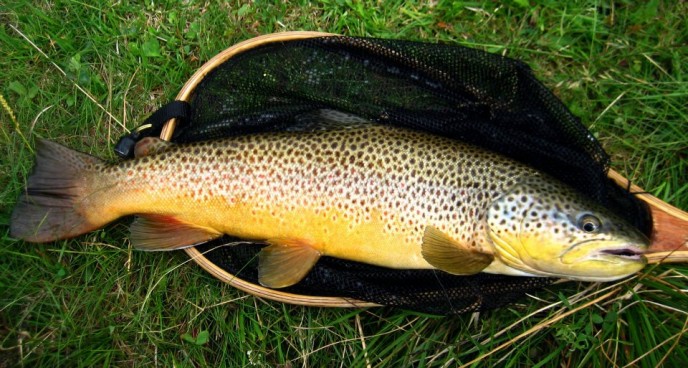
Back to your question-, Yes – the big trout are hard to deal with. But when the hatching is really good, the chance of getting in touch with one is good. Patience is the game, and coffee is you’re friend.
It’s not like there is a big trout behind every rock, but fish up under a kilo is are spread throughout the river. I can also let you in on the fact that the is trout over that size in every pool. They are very stationary and you will find the same fish in the same spot year after year. The overshooting production seems to move down stream and in this way feeding other systems with fish like for instance river Folla.
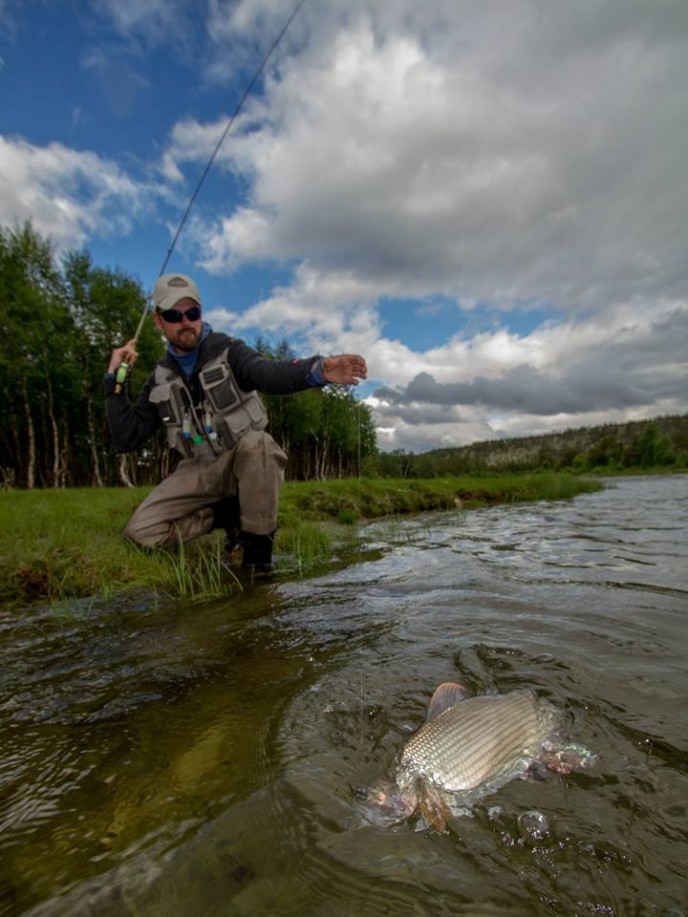
Any fly selections you would like to share? –preferably to or three, over the seasion
Required flies here is may-flies of course, caddis, ants and daddy-long-legs. And when the conditions is right bibio-flies (haw thorne). The most prolific fly is the may-fly and there is eleven spices including Siplonorus, Baetis, Ephemerella and Heptagenia. To nail them on a season i would suggest Baetis in June, mid size Caddis in July and Daddy-long-legs and Hawthorne fly in August. – And that’s all I’m sharing, as I’d like to keeps some secrets.
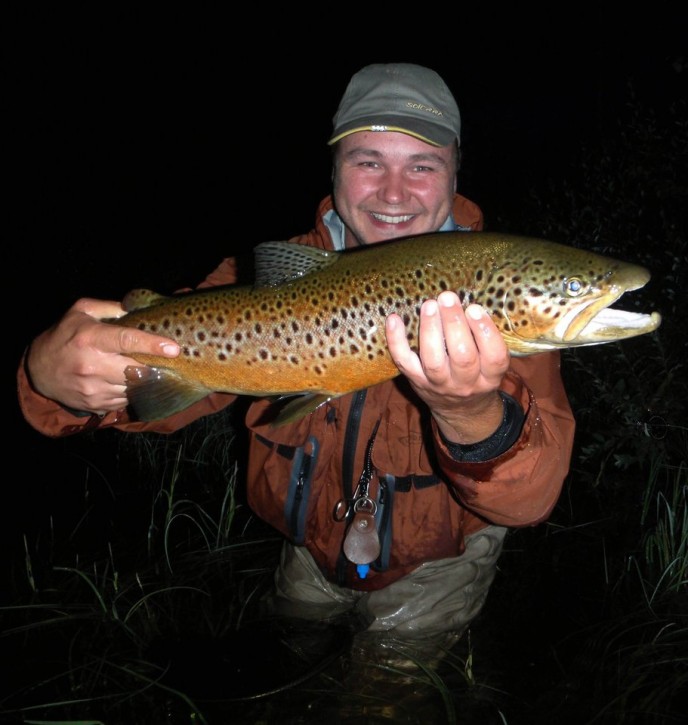
What is the firm proof of the new fishing administration actually working, and what is the most important measure?
I’m very happy to see the landowners gathering around the rules that are applied to day. Even though it’s still a young system that has not ben in effect that long, it has very clear results as far as i can see. Fact of the matter is that the fish have grown larger in average size, and the fish is more plenty-full. It’s clearly in correlation with the limited out-take of fish compared to earlier days. With the slow growth rate in mind, I’m sure we will see more of the really large fish in the future.
The fishing pressure is actually larger now even with the limits of tickets being sold. At least in parts of the season. I think the increasing popularity of the river, a limit in tickets is one of the key factors of making this a good river. I think the disturbance of too high pressure has a significant effect on how the fish behaves.
The current governing that has been applied has clear advantages: The conservation of big individual fish is of course a good thing for us as sports-fishermen, but the real value of these large individual fish is the reproduction. This is the fish that rule the spawing grounds, and they also work as stock regulator by pressuring young fish to new waters.
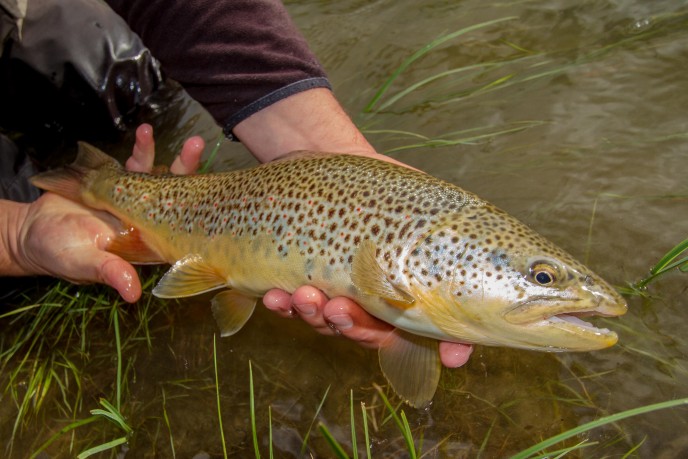
If you had a few days on Grimsa, and would like to try other waters – what do you recommend?
Of the places i know well I’d say Søndre Rena river, Kvennan in Glomma river Nordre Rena river. Outback fishing in Femundsmarka is also well worth doing There is a lot on offer. I would pick from places that has god regulations applied, but that depends on what you want to experience.
Bjørnar Hansen
Interview by
Anders Dahl Eriksen
